1. No Seatbelts for Kids
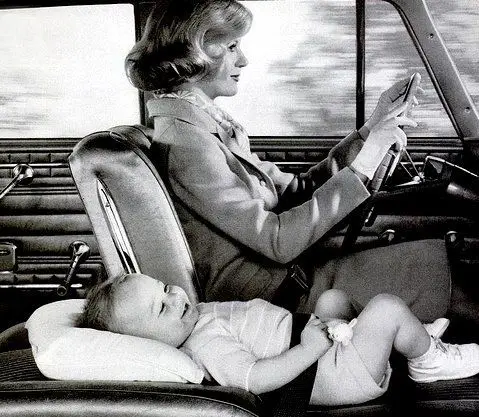
Seatbelts were barely even a suggestion for kids back in the day, with most little ones bouncing around the backseat without a care. It wasn’t until the late ‘80s that seatbelt laws became more strict, making it shocking to think we used to treat them as optional safety features for kids.
2. Letting Kids Sit in the Front Seat
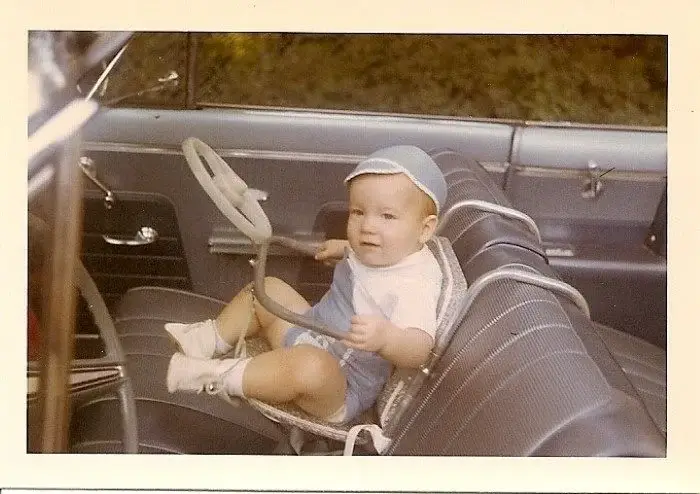
Kids in the front seat was once seen as completely normal, but today it’s hard to imagine. With the risk from airbags and general safety concerns, this practice would be unthinkable today, but it was a norm many of us grew up with.
3. Driving Without Headrests
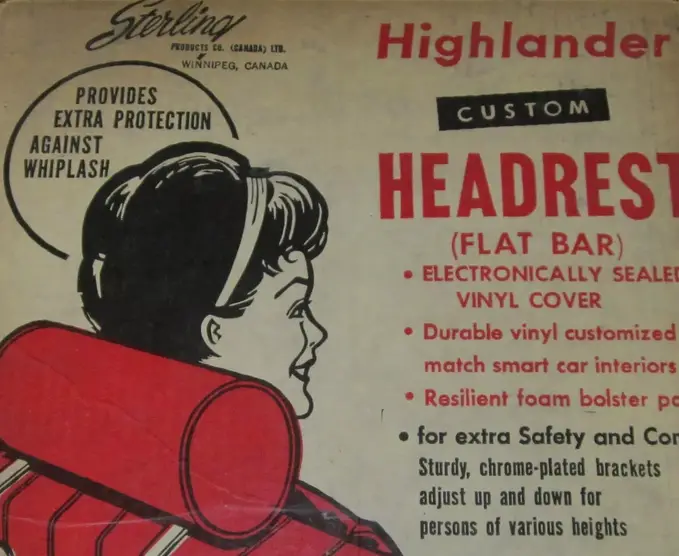
Older cars often didn’t even have headrests, leading to a higher risk of whiplash in even minor collisions. Now, headrests are standard, but it’s wild to think they were once seen as an optional luxury rather than an essential safety feature.
4. Holding Babies on Your Lap
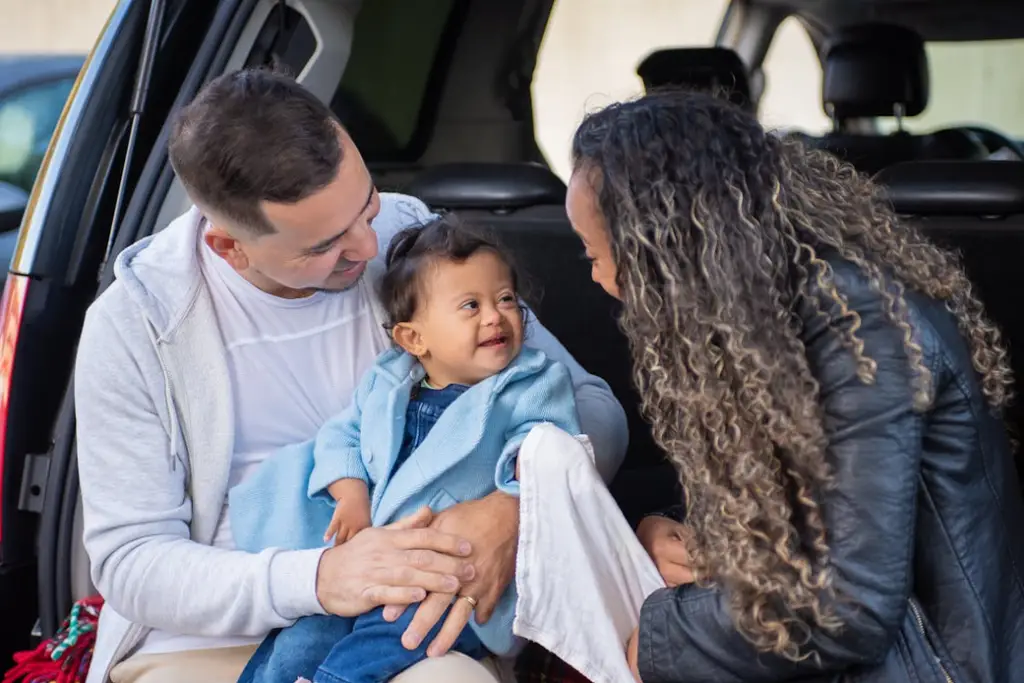
Before car seats were required, it was common to see parents holding babies in the passenger seat—or even letting them sit unrestrained. Thankfully, laws today require secure car seats, but it’s shocking to think of how casual this once was.
5. Smoking in the Car with Kids
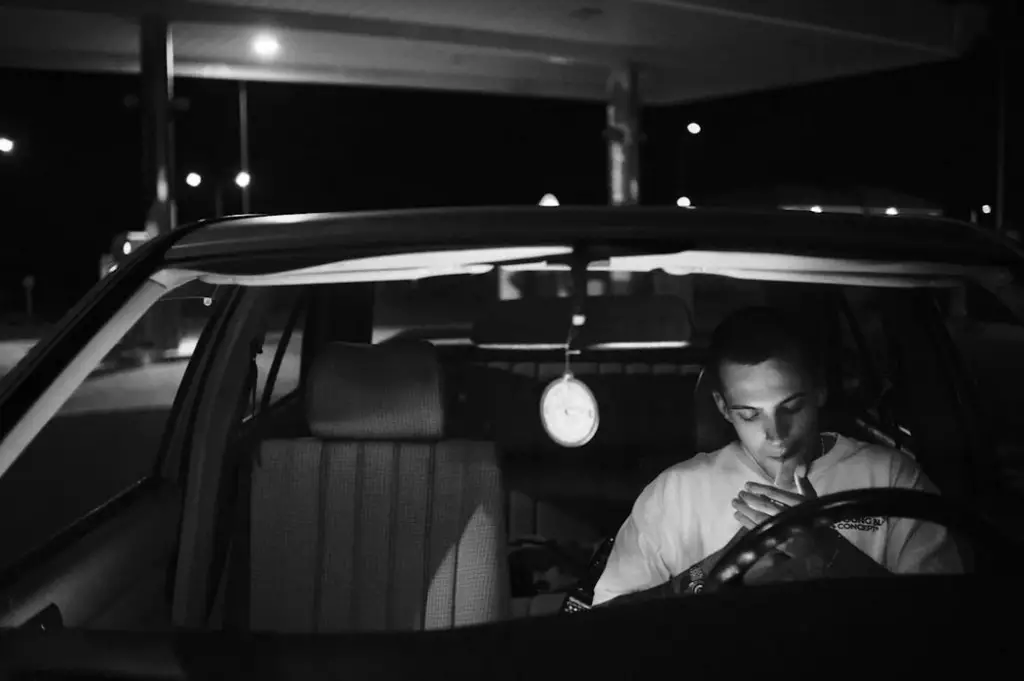
Back in the day, it was normal to see drivers and passengers alike lighting up, even with kids in the back seat. Now, with our understanding of secondhand smoke risks, it’s unbelievable that this was ever considered acceptable.
6. Leaving Sharp Metal Fixtures Inside Cars

Car interiors used to have hard, exposed metal edges, dashboards, and buttons without any sort of padding or safety coverings. These sharp, potentially dangerous edges were just part of the car’s design, making older vehicles much more hazardous in accidents.
7. Ignoring Turn Signals

Back then, turn signals were more of a “courtesy” rather than a requirement. It was common to see cars switching lanes or making turns with zero indication—something that would be instantly called out as unsafe today.
8. Non-Padded Steering Wheels
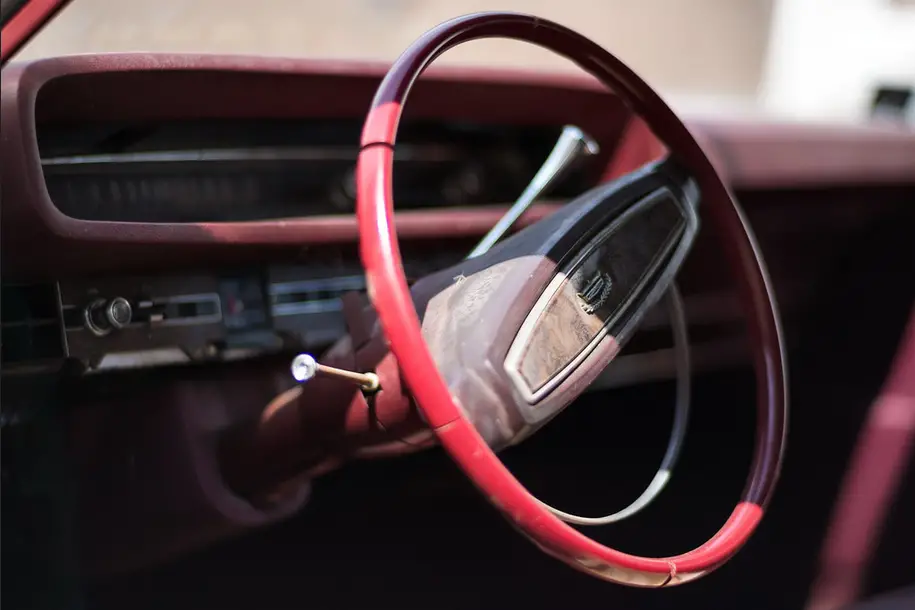
Older cars often had thin, hard, metal-framed steering wheels that could cause serious injury in an accident. Today’s cars are designed with impact-absorbing materials to prevent injury, making it shocking to think about the lack of these safety features in the past.
9. Manual Windows that Required Rolling Down
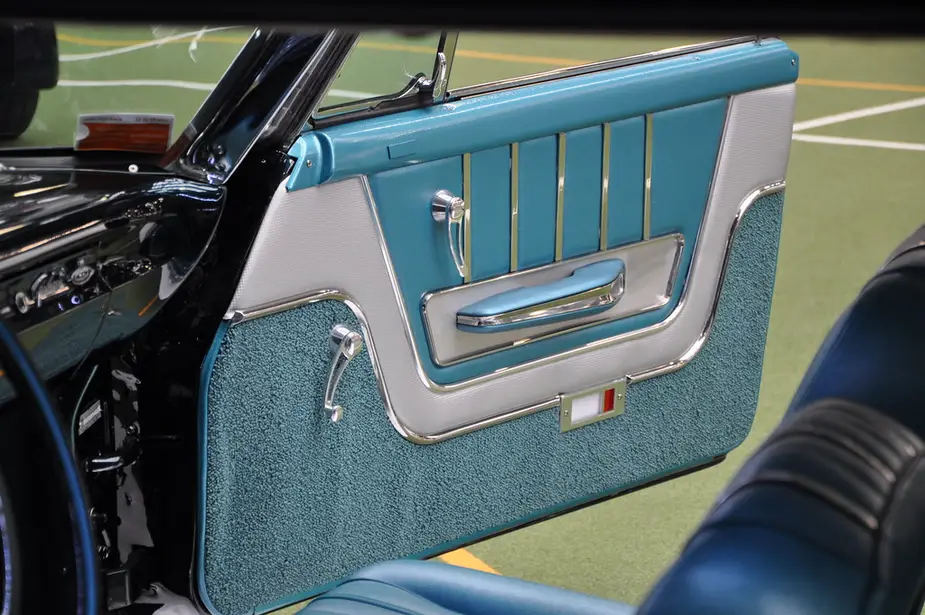
Rolling down windows used to require a manual crank, and in some emergencies, it could be hard to operate. Power windows are a luxury now, but they also make emergency situations safer by allowing quick exits if needed.
10. No Rear-View Cameras or Blind Spot Monitors
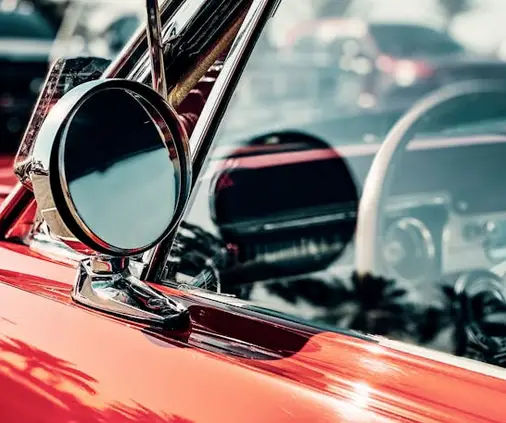
Today, backup cameras and blind spot sensors are taken for granted, but in the past, drivers had to rely solely on mirrors and turning their heads. While skilled drivers made it work, these technological aids have certainly made roads safer for everyone.
11. Driving on Bias-Ply Tires
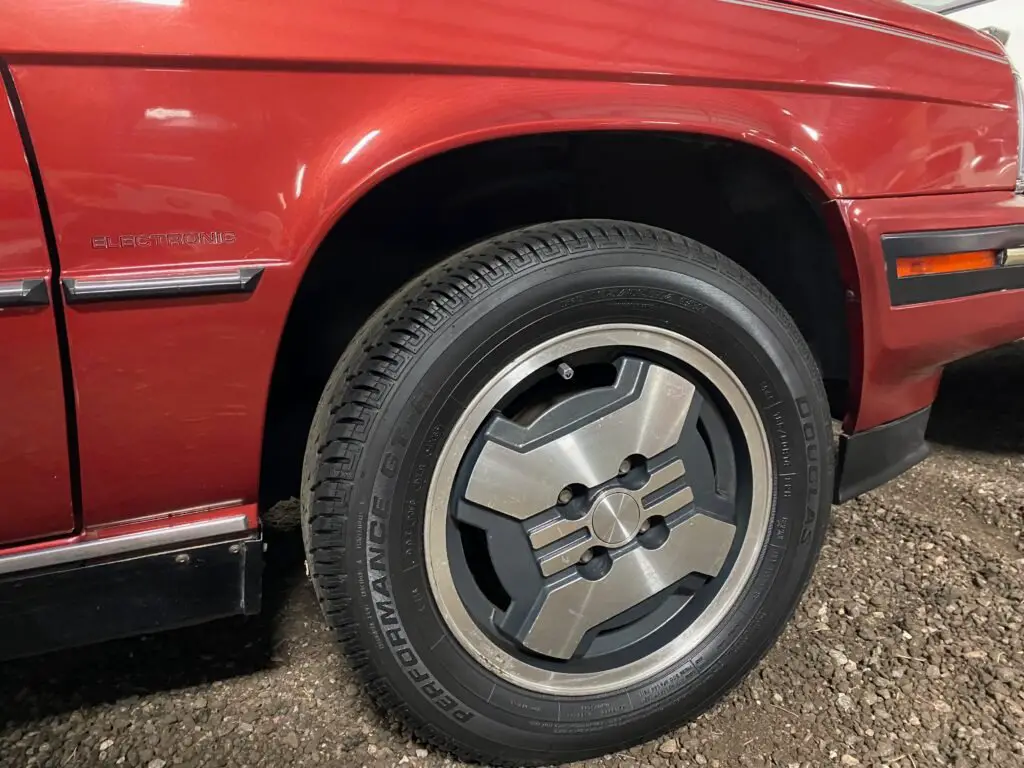
Until the 1970s, most cars were equipped with bias-ply tires, which had less grip and were prone to blowouts. Radial tires, which provide better traction and durability, are now the norm, making bias-ply tires a relic of a riskier past.
12. Loud Car Horns as a Communication Tool
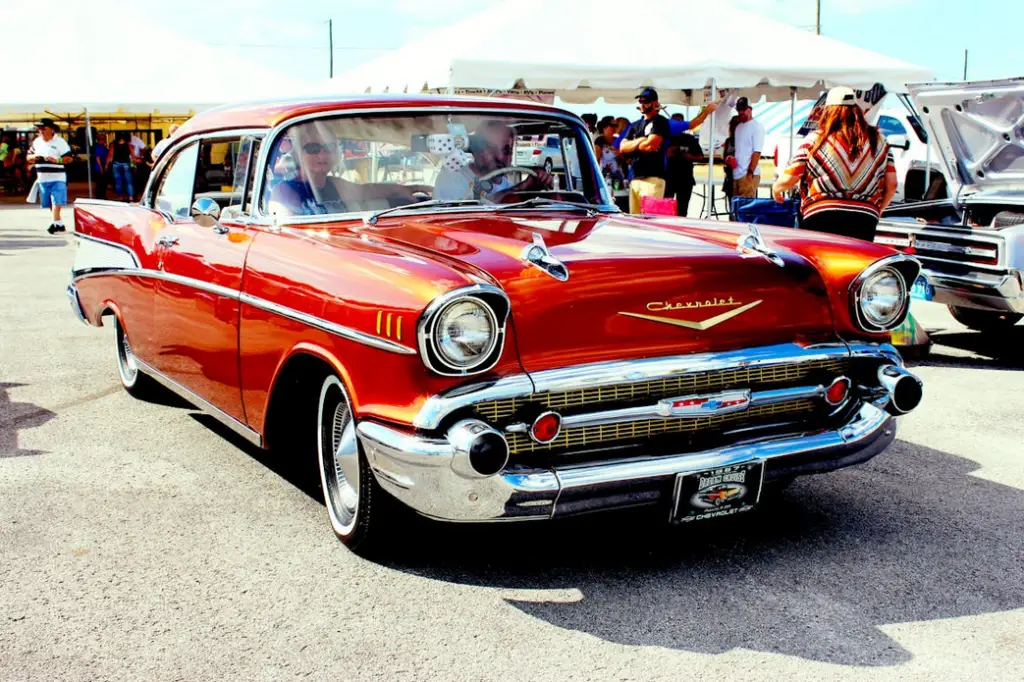
Car horns were once used to get someone’s attention from across the street or for non-urgent greetings, making for lots of loud, distracting honks. Today, horn etiquette is more strict, and it’s rare to hear horns used casually, which helps keep road rage incidents to a minimum.
13. Driving Barefoot
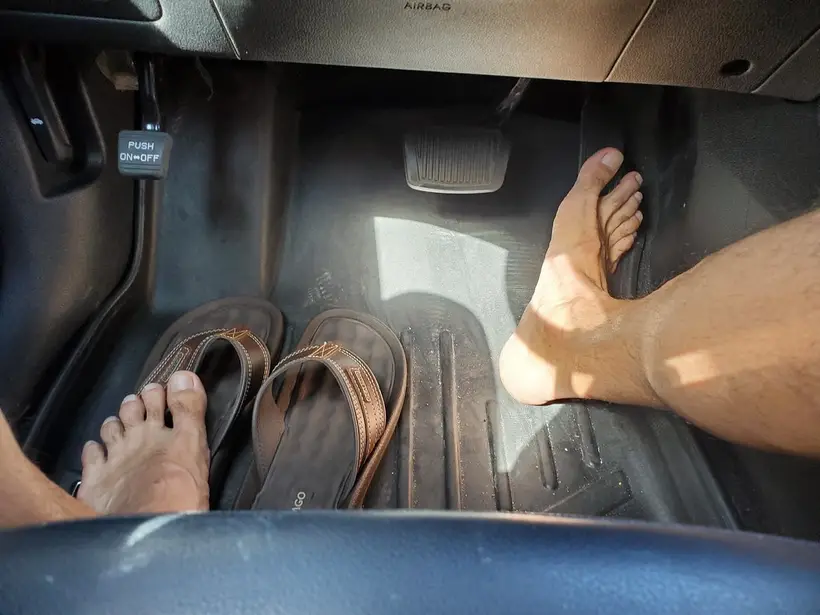
It used to be common, especially in the summer, for drivers to kick off their shoes and drive barefoot. Now it’s widely recognized as a dangerous practice since it can reduce the driver’s ability to control the pedals properly.
It’s amazing to see how far we’ve come in terms of car safety and standards. These dangerous car habits of the past reflect a time when driving was treated more casually, and the idea of safety was just beginning to take shape. Now, with today’s technological advances and safety protocols, it’s clear we’ve made the roads a much safer place.


